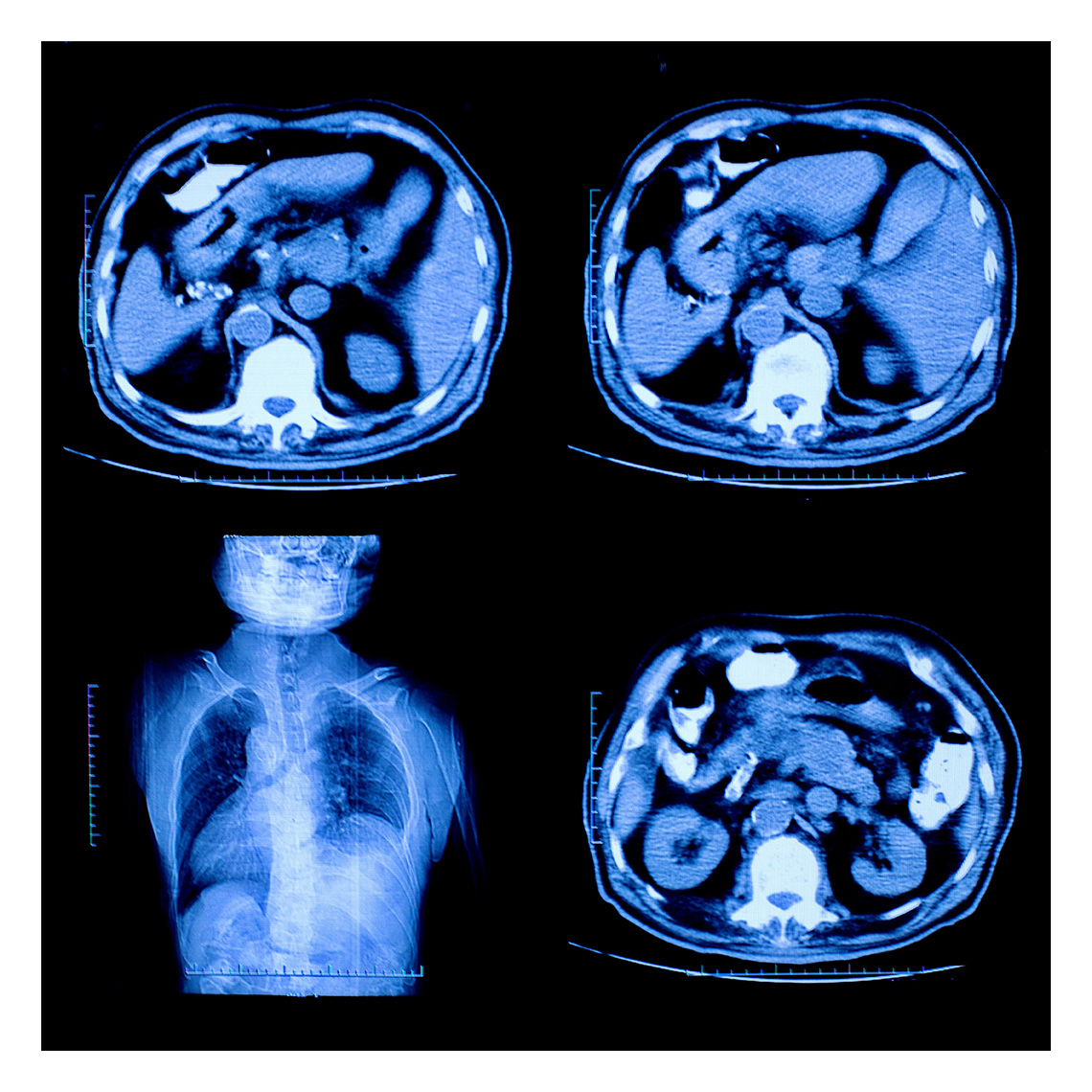Newsletter
Patient Safety and Your New Job
Oct 30, 2014

As a [fill in the blank] working in a health care setting, you have a profound responsibility to ensure that patients are not harmed during their care and treatment. Not just you, of course, everyone has that obligation. Indeed, it is only by approaching patient safety as a team that risks can be minimized, errors can be quickly addressed, and a culture of safety can be sustained. Being new to the team may mean having to learn “how things are really done around here.”
Whatever role or setting you’ve just moved into, being unfamiliar with policies, protocols—and actual practice—can leave you more vulnerable than when you already know the ropes. Getting a handle on the following, before you find yourself wishing you already knew, is an important patient safety strategy.
- Patient safety data collected and analyzed
Are there metrics, historical tracking, comparisons with peers? What specific vulnerabilities (if any) have we identified? - Culture
Are patient safety culture surveys conducted? What is done as follow up? - Near miss
Do we have a system for keeping track of events that, although no one was hurt, demonstrate a potential for patient harm? - Response to an adverse event
Is there a protocol? Does everyone know the right steps in the right order? Do we ever practice? - Leadership/management
Who leads the patient safety program? Who is our risk manager? Who do I call on a weekend? - Disclosure and apology
What am I expected to disclose, and how? Is there a coach or a support team? - Post-event staff support
Is there a program in place for the caregivers involved in an adverse event? How can I help a colleague who is suffering? - Root cause analyses
Do we conduct RCAs, or morbidity and mortality rounds? Do we use those to explore patient safety opportunities? - Process improvement
Are data, time, and resources made available to support pro-active and reactive projects to prevent patient harm? - Medical professional liability
What’s my medical malpractice coverage? How should I respond to legal documents or a call from a patient’s attorney?
Of course, you need not be new to the institution, department, or office to seek the answers to these questions. To sustain a practice culture that embraces patient safety, a vigilant approach is essential throughout your career. And knowing basic patient safety policies and practices is everyone’s responsibility.
Additional Materials
Latest News from CRICO
Utilization of Electronic Health Record Sex and Gender Demographic Fields: A Metadata and Mixed Methods Analysis


The Safety of Outpatient Health Care
Reforming the Medical Liability System in Massachusetts Communication Apology and Resolution (CARe)

